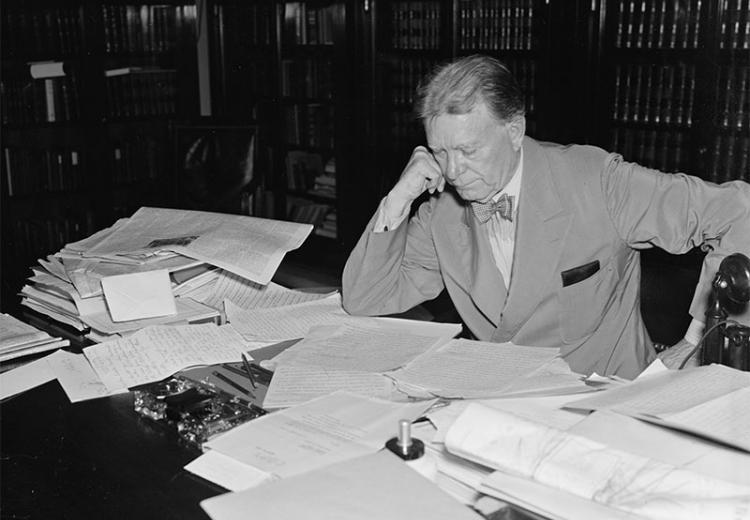Lesson 1: Postwar Disillusionment and the Quest for Peace, 1921–1929

Senator William E. Borah, (R-Idaho), was a prominent American isolationist who gave a speech on "outlawing war" in 1924.
Having experienced the horrors of modern war during one world war, many Americans in the nineteen twenties concluded that there must not be another. A number of antiwar organizations had existed even before the war, but during the interwar period pacifism became the fastest-growing movement in America.
The United States may have refused to join the League of Nations, but this did not prevent numerous American politicians, businessmen, journalists, and activists from making proposals for multilateral agreements on arms control and collective security.
Through an examination of memoirs, photographs, and other primary source documents, students will examine the rise of antiwar sentiment in the United States, as well as some of the concrete measures taken during the 1920s to prevent the outbreak of future wars.
Guiding Questions
How did disillusionment with World War I help to shape U.S. foreign policy during the 1920s?
Learning Objectives
Examine the main reasons for the growth of antiwar sentiment after World War I.
Analyze the U.S. foreign policy initiatives of the 1920s that aimed toward the prevention of war.
Assess the strengths and weaknesses of the Five-Power Treaty and the Kellogg-Briand Pact as means of preventing war.

